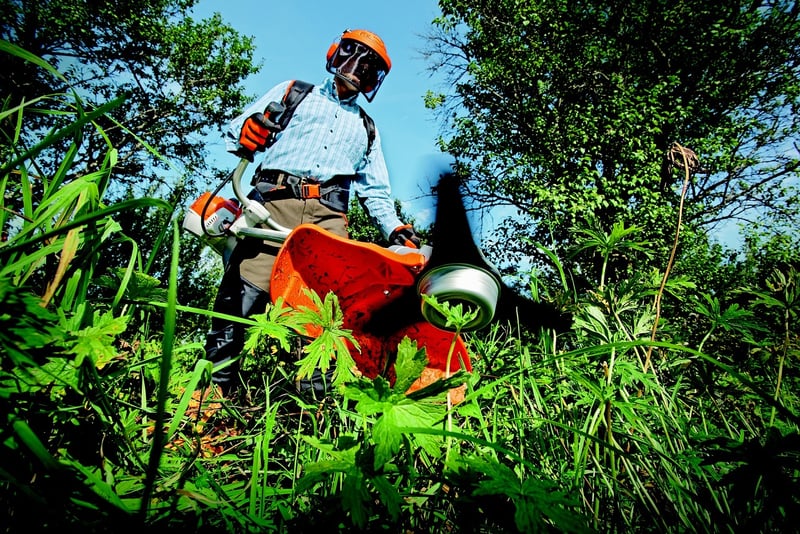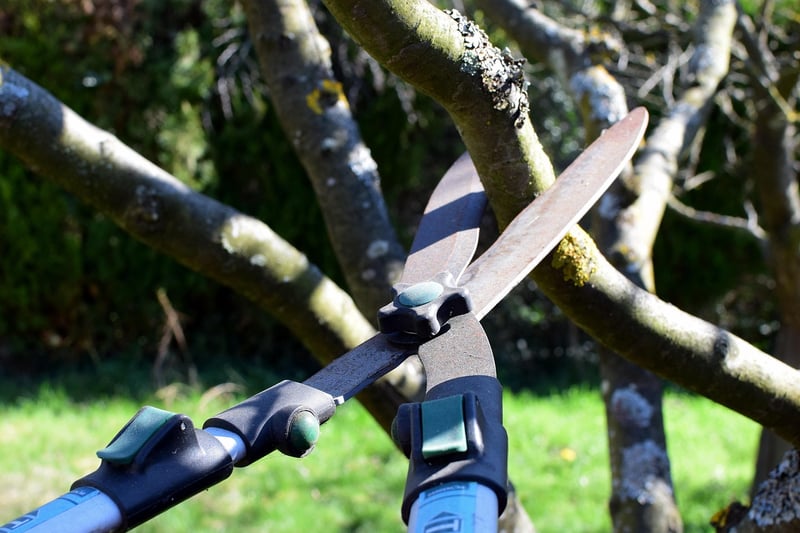Pruning Techniques
Keeping Your Garden Healthy: Essential Pruning Techniques

The Importance of Pruning
Pruning is a crucial practice for maintaining a healthy and beautiful garden. It involves the selective removal of specific parts of a plant, such as branches, buds, or roots, to encourage healthy growth and enhance the plant's overall appearance.
Benefits of Pruning
- Promotes plant health by removing dead or diseased branches.
- Controls the size and shape of the plant, preventing overcrowding.
- Encourages the growth of new flowers, fruits, and foliage.
- Improves air circulation and sunlight penetration within the plant canopy.
Pruning Techniques
1. Deadheading
Removing dead flower heads encourages the plant to produce new blooms, promoting continuous flowering throughout the season.
2. Thinning
Thinning involves selectively removing branches to improve air circulation and reduce overcrowding, enhancing the plant's overall health.
3. Heading Back
Heading back entails cutting back a portion of a branch to stimulate new growth and maintain the plant's shape and size.
4. Rejuvenation Pruning
Rejuvenation pruning is a more drastic technique used to revitalize older plants by removing old, woody growth to encourage new, vigorous growth.
Tips for Effective Pruning
- Use sharp, clean tools to make precise cuts and prevent the spread of diseases.
- Prune during the plant's dormant season to minimize stress and maximize recovery.
- Identify the purpose of each cut before pruning to ensure it aligns with the plant's growth habits.
- Regularly inspect your plants for signs of disease, damage, or overgrowth that may require pruning.
By incorporating these essential pruning techniques into your gardening routine, you can promote the health and vitality of your plants, ensuring a thriving and beautiful garden for years to come.
Remember, proper pruning not only enhances the aesthetics of your garden but also plays a significant role in maintaining the overall well-being of your plants.
